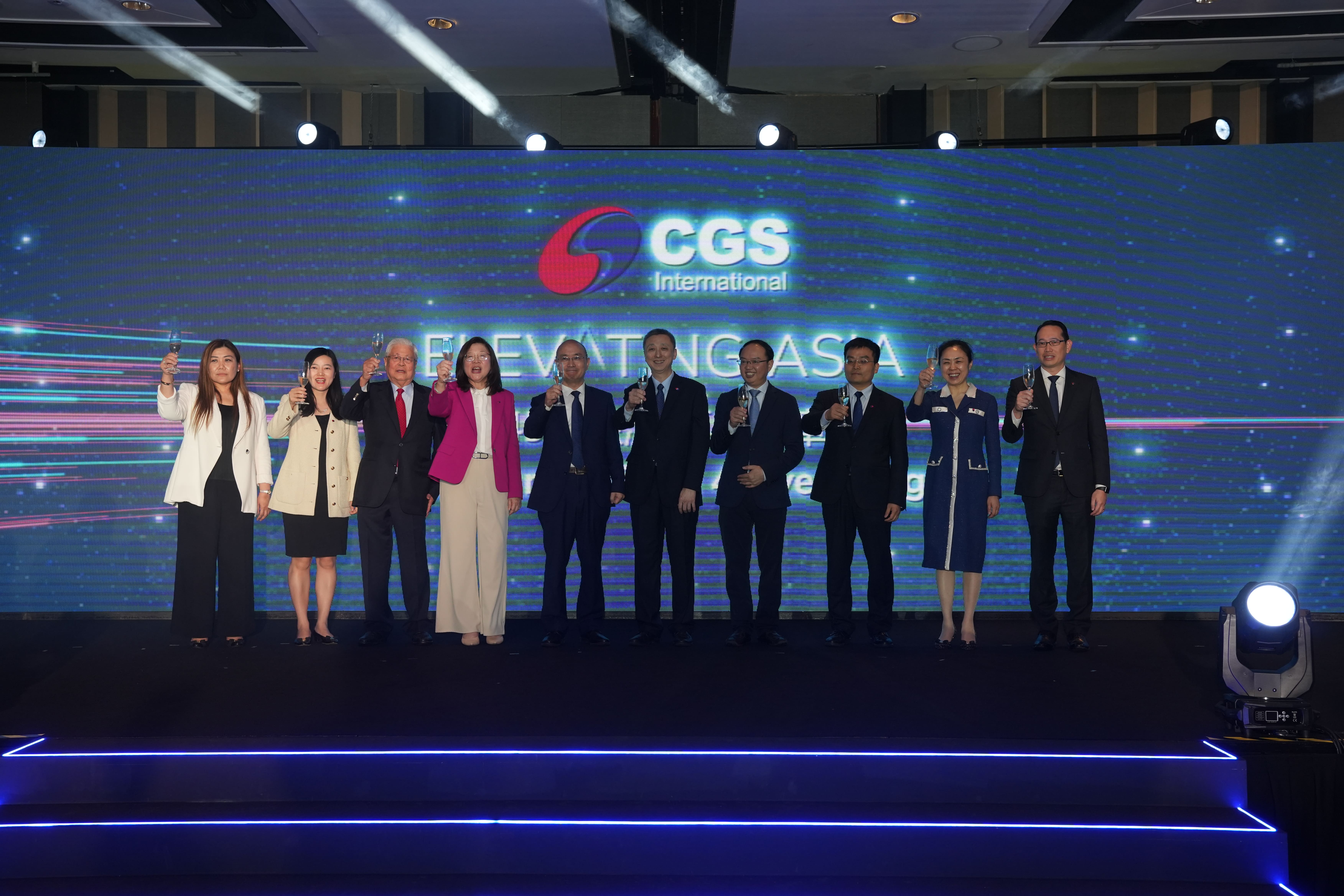A task force convened by the Monetary Authority of Singapore has published the second version of its green and transition taxonomy.
The document, which builds on the earlier taxonomy proposed by the Green Finance Industry Taskforce (GFIT) in January 2021, details thresholds and criteria for economic activities in the energy, transport and real estate sectors – three of eight sectors that collectively account for up to 90% of greenhouse gas emissions in the Asean region.
According to the MAS, the task force aims to release the criteria and thresholds for the remaining five sectors for public consultation in late 2022, and finalize the full taxonomy in 2023. These include agriculture and forestry land use; industrial; information and communications technology; waste/circular economy; and carbon capture and sequestration.
The task force has also called for a public consultation, and interested parties can submit feedback on this version of the taxonomy until June 23 2022.
The taxonomy classifies economic activities as green, amber, or red, depending on their contribution to climate change mitigation.
Under the “traffic light system”, a green classification represents activities that contribute substantially to climate change mitigation by operating at net zero, or are on a pathway to net zero by 2050.
An amber classification represents transition, and includes activities that are either transitioning towards green within a certain time frame, or facilitating significant emissions reductions in the short term. A red classification refers to harmful activities that are not currently compatible with a net-zero trajectory.
The second version of the taxonomy also incorporates a user guide for financial institutions and companies to apply the taxonomy.
“The user guide which accompanies the taxonomy includes detailed guidance on the reporting of a company’s revenue, capital expenditures and operating expenditures that are aligned with the taxonomy criteria,” the MAS says.
The GFIT is an industry-led initiative comprising representatives from financial institutions, corporates, non-governmental organizations, and financial industry associations. Its mandate is to help accelerate the development of green finance through four key initiatives: develop a taxonomy, enhance environmental risk management practices of financial institutions, improve disclosures, and foster green finance solutions.
Interested parties may submit their feedback on the second version of the taxonomy through the Association of Banks in Singapore: https://abs.org.sg/industry-guidelines/gfit-taxonomy-public-consultation









